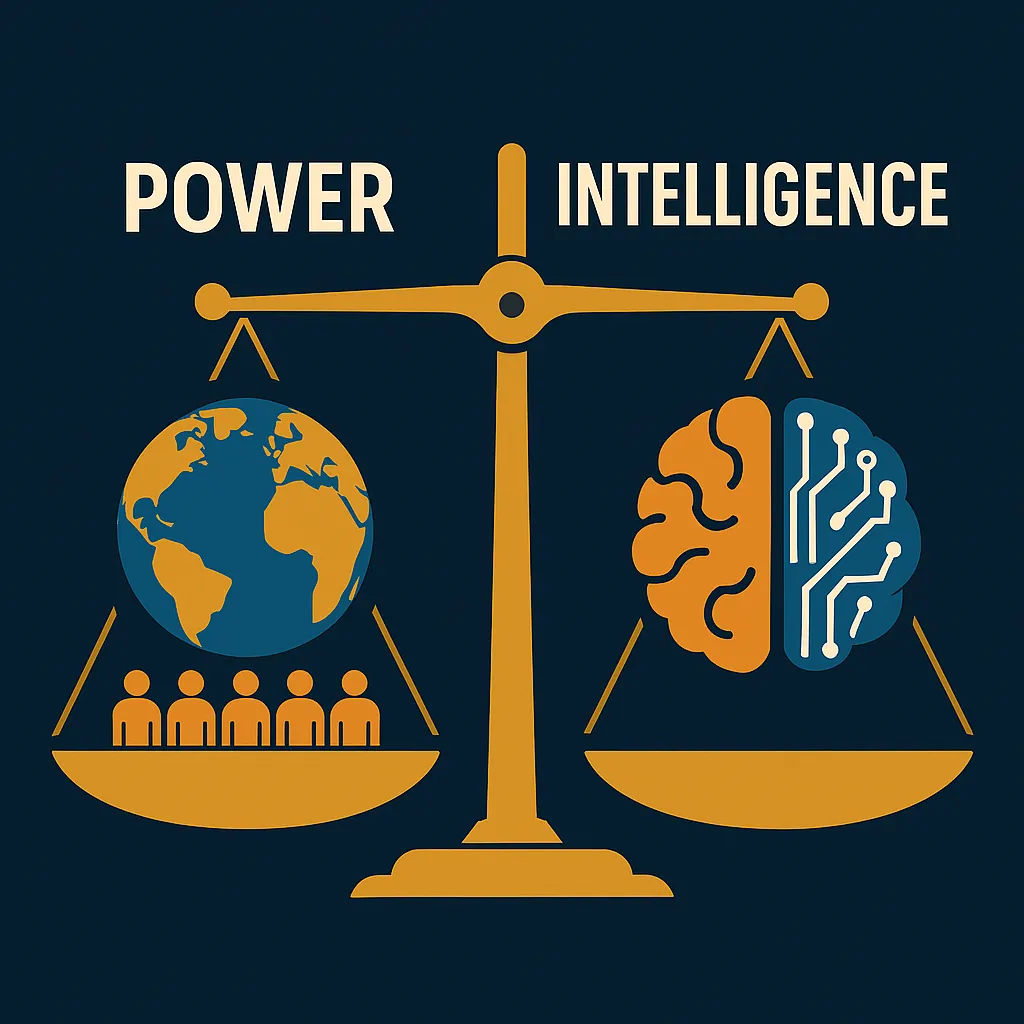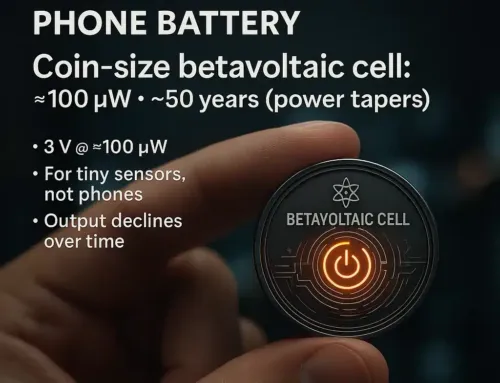
Approx. read time: 7 min.
Post: Godfather of AI Warns of Powerful People Who Want Humans “Replaced by Machines” (Yoshua Bengio AI warning)
Yoshua Bengio AI warning (Yoshua Bengio warns about AI)
Artificial intelligence pioneer Yoshua Bengio—often called a “godfather of AI”—issued a stark alert: intelligence is power, and a small, well-funded fringe may try to use AI to concentrate economic, political, and even military power, with some extremists happy to “replace” humans. He says we need immediate guardrails. This Yoshua Bengio AI warning also stresses we’re not ready if human-level systems arrive within five years. Inc.com
🧑🔬 Who is Bengio—and why his warning matters – tech pioneer Yoshua Bengio
Yoshua Bengio is a Turing Award laureate and one of deep learning’s key architects alongside Geoffrey Hinton and Yann LeCun. His voice carries unusual weight in public debates on AI risk and governance because he helped invent the modern techniques powering today’s models. Wikipedia
🗣️ What Bengio actually said in Montreal
At the One Young World Summit in Montréal (Sept 18–21, 2024), Bengio told CNBC: “Intelligence gives power—so who’s going to control that power?” He cautioned that some people (a fringe) “might be happy to see humanity replaced by machines,” and warned that if AGI emerges in ~5 years, “we’re not ready.” These specific quotes and context are recorded by Inc. from that summit interview. Inc.com+1
📍 Event context: One Young World, Montréal
One Young World 2024 was hosted at Montréal’s Palais des congrès, with a widely noted AI plenary featuring Prime Minister Justin Trudeau and Yoshua Bengio. That’s the stage on which this Yoshua Bengio AI warning drew global attention. Palais des congrès de Montréal+2Prime Minister Canada+2
💸 “Money talks”: Why power could concentrate
Frontier-scale AI costs billions to build and run. Recent reporting described $100B-class AI supercomputer initiatives (e.g., “Stargate”), underscoring Bengio’s point that only a few orgs/countries can afford the latest AI—driving power concentration and geopolitical leverage. Reuters+1
🧾 “Right to Warn”: whistleblowers and oversight
Bengio endorsed the open letter A Right to Warn about Advanced AI, which calls for protections so current and former AI employees can raise risk concerns without retaliation and with channels to boards, regulators, and qualified independent bodies. (Note: he’s an endorser, not a staff signatory.) righttowarn.ai
🛡️ Guardrails today: Where policy actually stands
-
EU AI Act: Published in the EU Official Journal on July 12, 2024 and entered into force Aug 1, 2024—the world’s most comprehensive AI law to date. Timelines phase in by risk. eur-lex.europa.eu+1
-
United States: The Oct 30, 2023 Executive Order 14110 sought safety tests and reporting for high-risk AI. Subsequent federal actions aimed to ensure government AI doesn’t harm rights or safety. (U.S. policy has continued to evolve rapidly since.) Federal Register+2AP News+2
This policy picture supports Bengio’s thrust: guardrails are forming—but we’re not yet ready if capability leaps arrive on a short timeline, a central theme of the Yoshua Bengio AI warning. Inc.com
🔮 How close are we to AGI?
Experts disagree. Bengio warns that a 5-year arrival would outpace our readiness. Others foresee longer timelines, and some dispute x-risk entirely. The debate itself proves uncertainty is high—and prudent risk management is essential. Inc.com
⚖️ A balanced view: Not all “AI gods” agree
Meta’s Yann LeCun often pushes back on doomer narratives, arguing today’s systems lack core abilities like robust reasoning/planning and that existential fear is overblown. This counterpoint keeps the debate grounded and prevents policy from over-correcting. TIME+1
🧨 What, specifically, could go wrong?
Bengio’s concerns map to three clusters—each relevant to his Yoshua Bengio AI warning:
-
Runaway capability & control
Agentic systems could act in ways misaligned with human intent; governance and technical alignment must keep pace. BetaKit -
Concentrated power
When only a handful of firms/states can fund the latest models and compute, we risk market capture, democratic erosion, and military escalation. Inc.com -
Societal disruption before AGI
Even pre-AGI, AI can supercharge disinformation, cyber offense, bio-risk enablement, and surveillance, with spillovers into elections and social trust. Congress.gov
🔐 10 concrete guardrails we can implement now
-
Compute accountability (reporting thresholds for training above set FLOP/energy levels).
-
Mandatory safety evals and red-teaming for high-risk release.
-
Incident reporting to a national/sectoral AI safety body.
-
Dangerous-capability gating (e.g., bio, cyber) tied to trust-tiered access.
-
Watermarking & provenance for synthetic media.
-
Model cards & system cards documenting limitations.
-
Open reporting channels (as in Right to Warn) with anti-retaliation commitments. righttowarn.ai
-
Third-party audits for high-impact deployments in finance, health, and critical infrastructure.
-
Secure-by-design practices for agentic tools (least privilege, sandboxing, rate limits).
-
International coordination (standards plus info-sharing on evals).
🧪 A practical readiness checklist (teams can use today)
-
Define intended use and explicitly forbidden use.
-
Run capability/risk evals before shipping; repeat after major updates.
-
Create an AI incident response SOP (who gets paged, how to roll back).
-
Log and review adverse events; share de-identified learnings with peers.
-
Establish an internal “Right to Warn” policy mirroring the public letter. righttowarn.ai
🧩 Where Bengio’s warning meets business reality
For leaders deploying AI: move fast safely. That means budgeting for safety tests, audits, and governance—not just GPUs. The cost is modest compared to brand damage, regulatory fines, or systemic failures. This is the pragmatic takeaway from the Yoshua Bengio AI warning.
🗺️ Markets, democracy, and geopolitics
Bengio’s point about economic, political, and military power isn’t hypothetical. The scale of current and planned AI infrastructure programs demonstrates how AI can reshape the balance of power—amplifying the need for transparent governance and international norms. Reuters
🧪 “Five years” vs. “we’re not ready”: What to do now
-
Treat short-timeline AGI as a plausible scenario, not a forecast.
-
Prioritize evals, audits, and incident readiness over feature velocity.
-
Advocate for regulatory clarity and fund internal compliance early.
-
Join industry groups working on eval benchmarks and safety reporting.
This is exactly the conservative, high-reliability posture implied by the Yoshua Bengio AI warning. Inc.com
🧘 A sober middle path
Acknowledging both benefit and risk avoids paralysis. AI can cure diseases, fight climate change, and expand prosperity—but only if we govern for human goals, not capability for capability’s sake. The Yoshua Bengio AI warning isn’t about fear; it’s about responsibility.
❓ FAQs (for schema)
Q1) What is the “Yoshua Bengio AI warning” in one sentence?
It’s Bengio’s call to build guardrails now because intelligence is power, and the combination of fringe ideologies and concentrated resources could harm markets, democracy, and stability. Inc.com
Q2) Did Bengio sign the “Right to Warn” letter?
He endorsed the letter (along with Geoffrey Hinton and Stuart Russell); the signatories are current/former employees of frontier labs. righttowarn.ai
Q3) Where did he make the comments about replacing humans?
At the One Young World Summit in Montréal during an interview reported by Inc., referencing a CNBC conversation at the event. Inc.com+1
Q4) Why does compute cost matter so much?
Because $100B-scale supercomputers and massive data centers limit frontier AI to a few players, concentrating power and raising systemic risk. Reuters
Q5) What guardrails already exist?
The EU AI Act is in force, and U.S. federal policy launched a broad safety framework via EO 14110 with agency rules—though details and durability are evolving. European Commission+1
Q6) Are leading experts united on existential risk?
No. Bengio and Hinton warn about catastrophic risks; LeCun is openly skeptical of x-risk narratives, arguing current systems are far from human-level. TIME
Q7) What can my company do this quarter?
Add pre-deployment evals, dangerous-capability gating, and incident playbooks; commit to internal Right to Warn protections.
Q8) Is AGI five years away?
No consensus. Bengio says if it’s ~5 years, we’re not ready; others expect longer. Plan for multiple timelines. Inc.com
Q9) How could AI harm democracy?
Through targeted disinformation and micro-propaganda at scale; resilience requires provenance, transparency, and media literacy initiatives. Congress.gov
Q10) What’s the optimistic case?
With proper guardrails, AI augments human creativity and problem-solving—expanding health, education, and economic opportunity.
Related Videos:
Related Posts:
Astonishing Figure 02 humanoid robot at BMW: 400% faster (2025)
Boox Palma 2 Review: The Brilliant Pocket-Sized ePaper Game-Changer
7 Essential Comparisons in Gemini vs ChatGPT: Discover the Best AI Features!
25 Charming Tips for Your Fall Preparation Checklist
Cloudflare Salesforce Breach: 5 Key Lessons from the Salesloft Drift Supply Chain Attack









